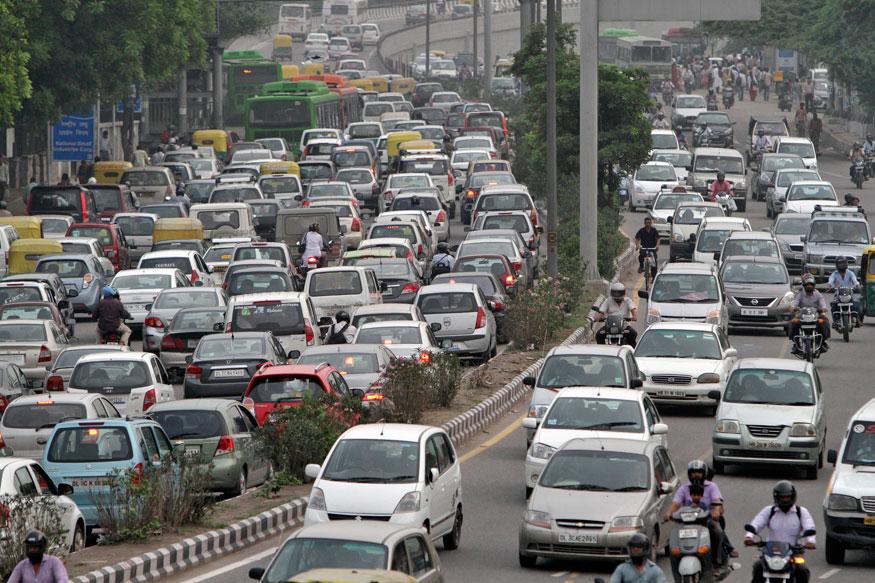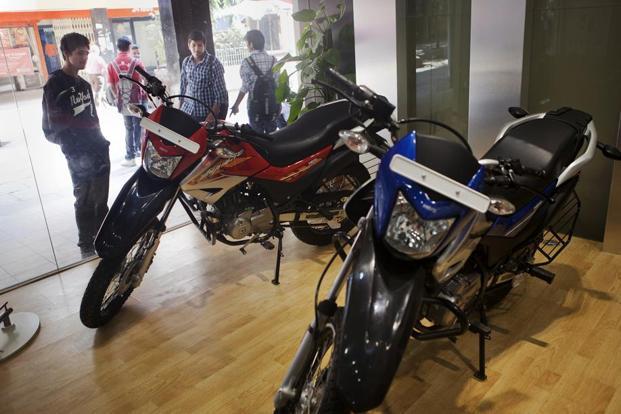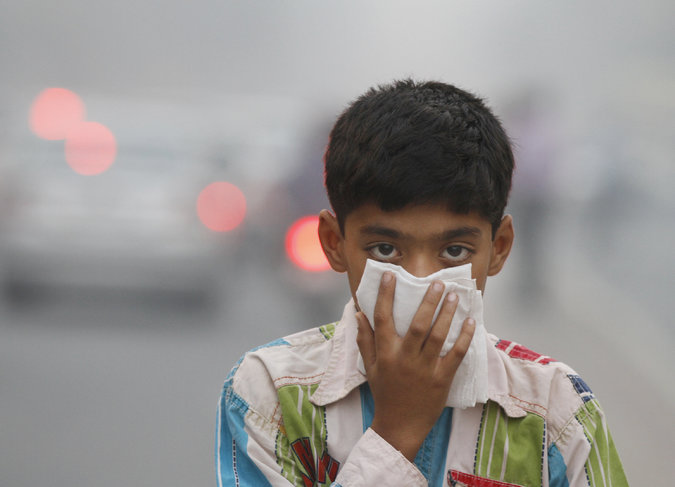Wondering About BS Norms & the Huge Discounts on 2-Wheelers? Here’s What You Need to Know
As a landmark SC judgement paves the way for the adoption of BS IV emission norms throughout the country, here’s the low-down on emission norms and why you should care about them.

Stringent emissions standards play a crucial role in improving air quality and reducing air pollution. Sadly, in global comparison, India lags behind in the implementation of best-in-class vehicular emission norms. For instance, China has been implementing China V (based on Euro 5) in major cities since 2013 while the European Union adopted Euro 6 in 2014.
However, this gap may soon be closing with the Supreme Court banning the manufacturing, sale and registration of BS III vehicles in India with effect from April 1. While giving the verdict, which is likely to have huge repercussions on the country’s automobile industry, the apex court said the health of the people was “far far more important than the commercial interests of the manufacturers”.
As the landmark judgement paves the way for the adoption of BS IV emission norms throughout the country, seven years after they were put in place, here’s the low-down on emission norms and why you should care about them.

What are BS emission norms and why are they in the news?
Bharat Stage or BS norms are the standards for vehicular emissions instituted by the Central Pollution Control Board under the Ministry of Environment & Forests, Government of India. Based on European regulations (Euro norms), these standards lay down the permissible levels of pollutants emitted by the internal combustion engines of motor vehicles.
BS norms are the in news because India is all set to enforce BS IV (a new generation of emission norms) from April 1. This is a significant transition because BS IV-compliant vehicles emit half the pollutants compared to vehicles made according to BS III specifications (in trucks, the reduction in particulate emissions is by 80%).
BS IV norms were put in place in major Indian cities in 2010 but they could not be implemented throughout the country because of unavailability of BS IV-compliant fuel. The confirmation that this fuel will be finally be available throughout India from April 1 led to the Supreme Court’s verdict on Wednesday.
Why is the Supreme Court verdict important?

The SC judgement regarding the transition from BS III to BS IV is a resounding blow to automobile manufacturers who were hoping to win a reprieve to clear their existing inventory of BS III vehicles. Their argument was that the transition meant a ban on only the production of BS III vehicles and not their sale after the April 1 deadline.
Due to the transition, the automakers have potentially huge losses staring them in the face because, despite being given one year’s time (from April 1 2016) to phase out their existing stock, they continued to manufacture BS-III compliant vehicles. The reason? Meeting new vehicular norms means spending time and money in updating engines as well as factory-level changes.
Auto companies are now stuck with a whopping inventory of nearly 7.5 lakh two-wheelers, 20,000 passenger cars and 75,000 commercial vehicles that must be liquidated by March 31. Not surprisingly, motorcycle manufacturers like Hero MotoCorp, Honda Motorcycles, TVS Motor, Bajaj Auto and Suzuki Motorcycles India are offering steep discounts on mass-market two-wheelers to liquidate BS III stock quickly.
Significantly, the court drawing the line on nationwide implementation of BS-IV will help check air pollution because automakers and users will not be able to take advantage of staggered implementation and lax norms in other parts of the country. For example, even though BS III vehicles are banned Delhi NCR, some owners purchase and register cheaper BS III vehicles outside Delhi NCR, but use them on Delhi roads, contributing to already dangerous air pollution levels in the capital.
This verdict will also benefit the bold decision of the Indian government to skip the BS-V stage and leapfrog directly to the far more stringent BS VI standards in 2020. Following strict timelines now will effectively send a message to automobile manufacturers to plan accordingly.
What should you do if you are planning to avail the steep discounts being offered on motorcycles?

As per the Supreme Court verdict, vehicles that are sold before April 1 can be registered in cities that permitted BS III vehicles. If you plan to register it after April 1, you will need proof that the sale was carried out before midnight of March 31. So be careful with the paperwork (invoices, registrations etc) to avoid getting stuck with a vehicle that cannot be driven on the roads.
As for the fuel, BS III vehicles can run on the new BS IV-compliant fuel without any problem ( the other way round, however, will damage the engine.).You also don’t need to make any changes to BS III vehicles for the same.
How is the transition going to affect you and the prices of vehicles?
In the long term, the introduction of new norms in vehicles will definitely cause a hike in the cost of manufacturing. According to industry experts, the eventual hike in the retail price could be around 5% to 20%. So if you are yet to buy yourself a vehicle or are planning to get one, you could soon have to shell out more for the purchase. The introduction of a newer, cleaner fuel could also increase transportation costs.
However, the introduction of the Goods and Services Tax (GST) may slot entry-level two-wheelers and cars in a lower tax bracket, thus providing some relief to both consumers and automakers.
Why should you care?
The transition to BS IV will make buying vehicles more expensive but in the long run, it could help achieve a larger and much more important target – a decrease in air pollution-related health hazards as well as the healthcare costs associated with it.

According to The State of Global Air report 2017, more than 1 lakh premature deaths in India in 2015 can be attributed to PM 2.5 (particulate matter) pollution. India also has the highest number of ozone-pollution related deaths in the world. Also, the smog and acid rain caused by nitrogen dioxide and sulphur dioxide causes immense damage to trees and water bodies.
With India having some of the most polluted cities in the world, this step could make a tangible difference in the lives of millions of Indian citizens. As Anumita Roychowdhury, executive director, Centre for Science and Environment (CSE), was quoted as saying by PTI,
“This is a significant step forward as this gives the message and the lesson that the automobile industry will have to walk the extra mile to address the expansive concern around public health and not weigh down the transition by taking a very narrow technical view.”
Also Read: Cheaper or Costlier? This is How GST Will Affect Your Everyday Life
Like this story? Or have something to share? Write to us: [email protected], or connect with us on Facebook and Twitter.
NEW: Click here to get positive news on WhatsApp!
This story made me
- 97
- 121
- 89
- 167
Tell Us More
We bring stories straight from the heart of India, to inspire millions and create a wave of impact. Our positive movement is growing bigger everyday, and we would love for you to join it.
Please contribute whatever you can, every little penny helps our team in bringing you more stories that support dreams and spread hope.



















